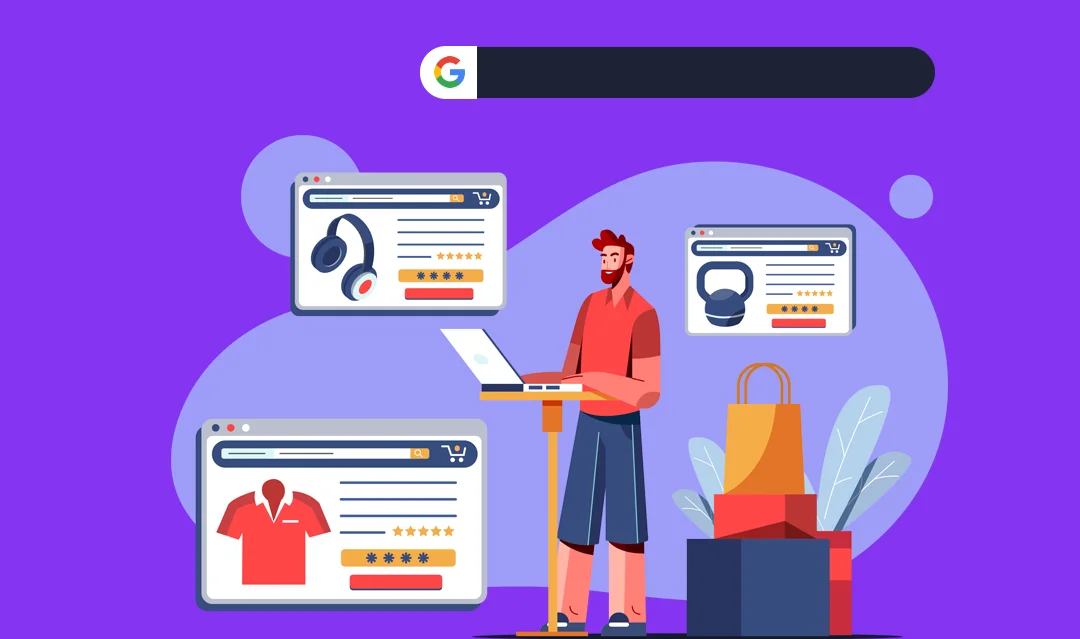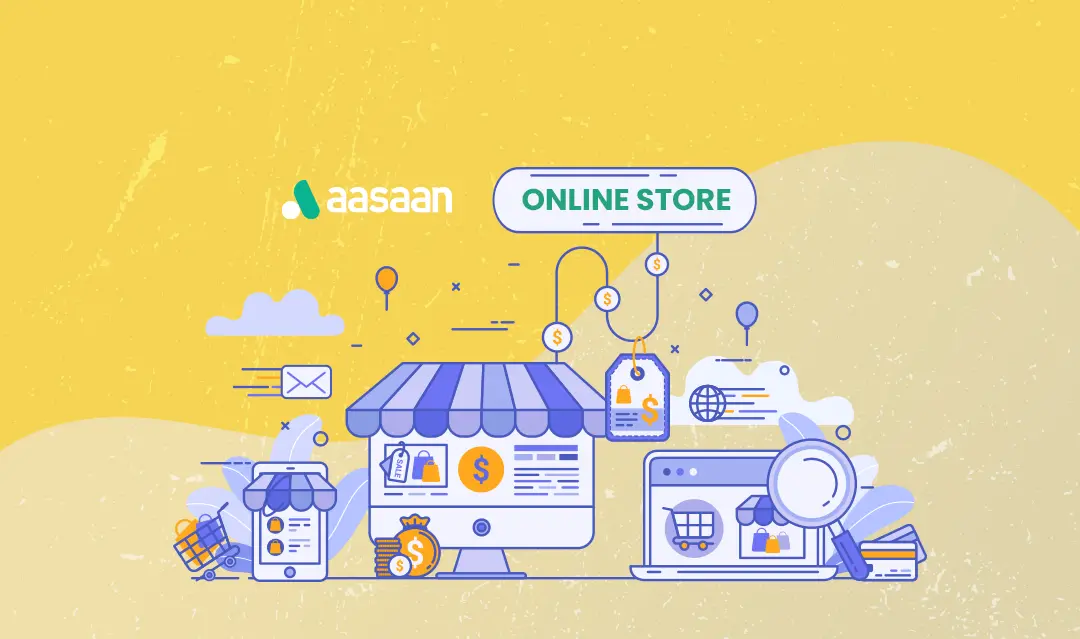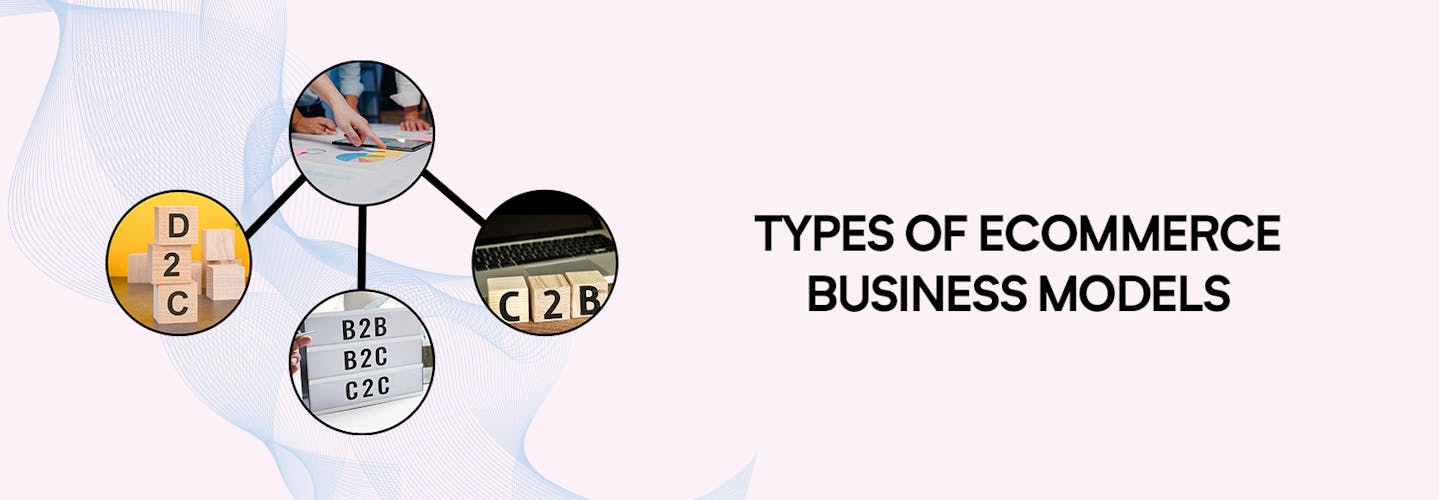
5 Types of Ecommerce Business Models That Works
One of the biggest misconceptions with business models in ecommerceis that most people view all ecommerce businesses as strictly Business to Consumer (B2C).
However, the reality is that there are different types of ecommercemodels, and all are thriving. According to estimates by Statista, ecommerce sales will jump to $6.388 billion per year by 2025.
If you are looking for useful information on the fundamentals of innovative ecommerce business models, you’ve come to the right place.
In this blog, we will decode everything you need to know about the types and benefits of ecommerce models, along with real-life examples for some serious inspiration. Let’s get going.
Five Types of Ecommerce Business Models that Work in 2025
The first thing you need to make a note of is that every ecommerce business model differs from the other based on the type of online transaction that occurs between the buyer and the seller online.
1. B2B: Business to Business Ecommerce Model
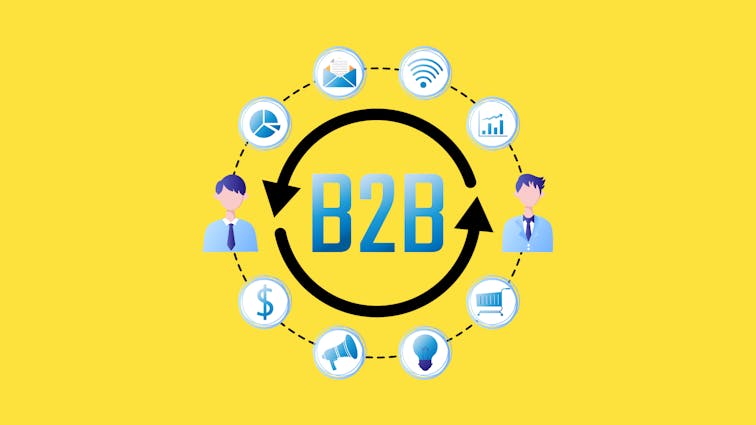
Focuses on: Offering products/services from one business to another.
- Typically, in this model, the buyer is generally the end-user, or they may resell the product/service to the consumer.
- Most B2B businesses comprise service providers such as software companies, office supply companies, document hosting companies, etc.
- The decision-making and, by extension, sales cycle for this model is typically longer, with end customers demanding a free trial or demo of the service/product in question. Plus, the average order value is higher, and the number of recurring customers is greater than in the B2C model.
- Real-life examples of B2B ecommerce brands include ExxonMobil Corporation, Chevron Corporation, Boeing, etc.
- All B2B brands leverage a customized ecommerce platform to engage with other businesses in a close environment.
2. B2C: Business to Consumer Ecommerce Model
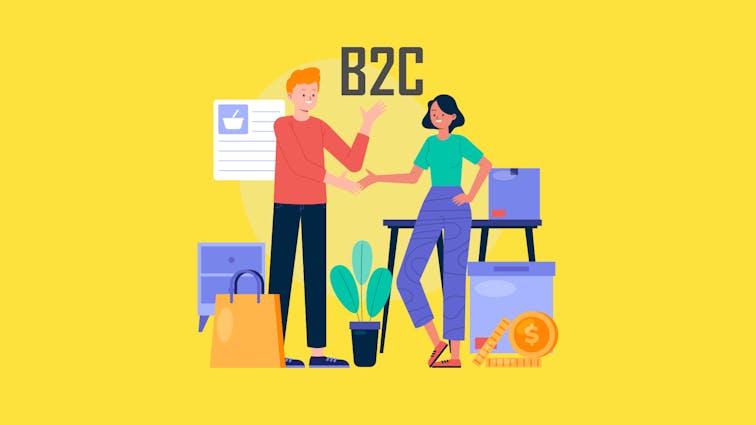
**Focuses on:**Providing products/services from the business owner directly to the end customer.
- Think of the business to consumer ecommerce model as the online version of a traditional ecommerce retail store. Anything that you buy online - from your clothes to electronics - is all a part of the B2C transaction.
- The decision-making and sales cycle for this model type is shorter as most items are typically within the lower value range. Plus, the average order value is lower than the B2B counterpart, with fewer recurring customers.
- Real-life examples of B2C ecommerce brands include H&M, Zara, Target, etc.
- This is one of the most popular ecommerce business models within the ecommerce sector. Most ecommerce innovators leverage innovative technology such as mobile apps to provide customers with a stellar online shopping experience.
3. C2C: Consumer-to-Consumer Ecommerce Model
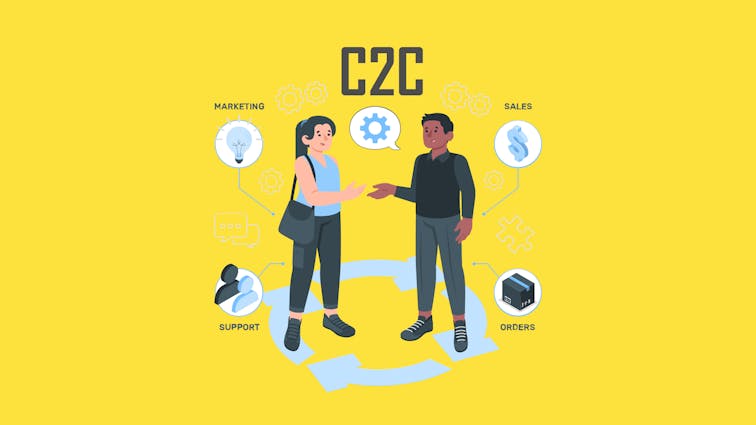
Focuses on: Allowing customers to buy, trade, or sell products/services in exchange for a small commission (transaction or listing fees), which is paid to the website.
- This model type requires extensive research and careful planning.
- Real-life examples of C2C ecommerce brands include eBay, Alibaba, and Craigslist.
- The business owners of this model type benefit from a ready base of motivated buyers and sellers. This propels their growth. However, ensuring quality control and driving technology maintenance are big issues that need attention.
4. D2C: Direct-to-Consumer Ecommerce Model
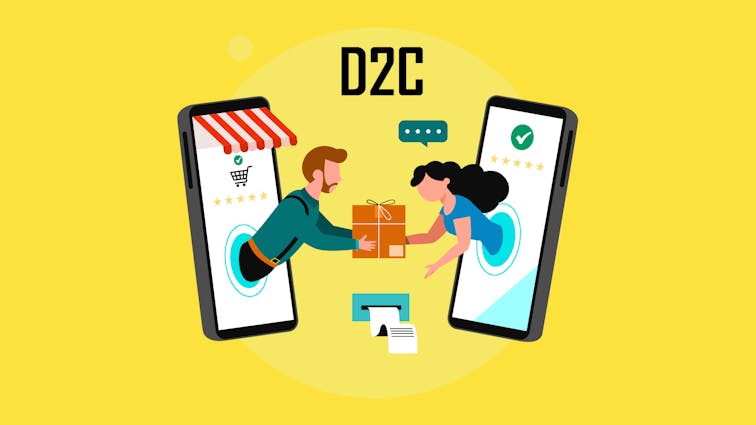
Focuses on: Allowing D2C businesses to sell their products directly to end customers without the help of third-party online retailers.
- There’s no middleman operating between the consumer and the business in this model.
- Real-life examples of D2C ecommerce brands include Warby Parker, Dollar Shave Club, Glossier, etc.
5. C2B: Consumer to Business Ecommerce Model
Focuses on: Enabling consumers to sell goods/services to businesses; the consumer engages in a sole proprietorship serving a larger business.
- The C2B ecommercemodel is one of the fastest-growing ecommerce models. In this model, the website enables customers to post their work that needs to be completed online. Then, businesses bid for the opportunity.
- The biggest advantage of this model is competitive pricing for goods/services. It allows customers to name their prices. Alternatively, businesses can compete with each other to fulfill their needs.
- Real-life examples of C2B ecommerce brands include UpWork, Google AdSense, etc. Affiliate marketing services would be an example of the C2B ecommerce business model. Another excellent example of this model would be companies reaching out to social media influencers to market their products/services.
Top 5 Tips to Remember When Selecting Your Ecommerce Business Model Type
Zeroing in on the right business model fit for your ecommerce business can be tricky. If you want to leverage the 360-degree advantages of the various models of ecommerceat play, you need to keep the following tips in mind:
1. Start by asking yourself who are you selling to and what does your ideal customer look like?
You need to know exactly the market you wish to sell to. You also need to understand your ideal customer’s likes, pain points, challenges, aspirations, etc. This is where an in-depth customer profile can come in handy.
2. What kind of product/service are you selling?
Are you selling physical products? Or are you selling digital goods (such as eBooks, websites, etc.) or services?
3. How does your ecommerce brand stack up against the competition?
What are your brand’s existing strengths and USPs? Also, think about your brand’s limitations and weaknesses.
4. Which model type and strategies will fit the bill for your particular product/service?
For instance, if you are a distributor of other people’s products, then you must invest in direct marketing strategies to boost sales.
5. What is your product/service’s brand positioning?
How will you convince consumers to opt for your product/service? Are you competing on price, quality, service, etc.?
The Bottom Line:
The recipe for success for any ecommerce business lies in using the right knowledge to build your ecommerce brand right.
Add your intuition, market knowledge, and strategic business plan to the mix, and you’ve got a winning ecommerce model at hand.
So, take a cue from the tips outlined above, familiarize yourself with the ecommerce fundamentals, select the right ecommerce platform (like the aasaan app) that suits your specific needs, and kick-start your ecommerce journey on the right (and productive) note!



